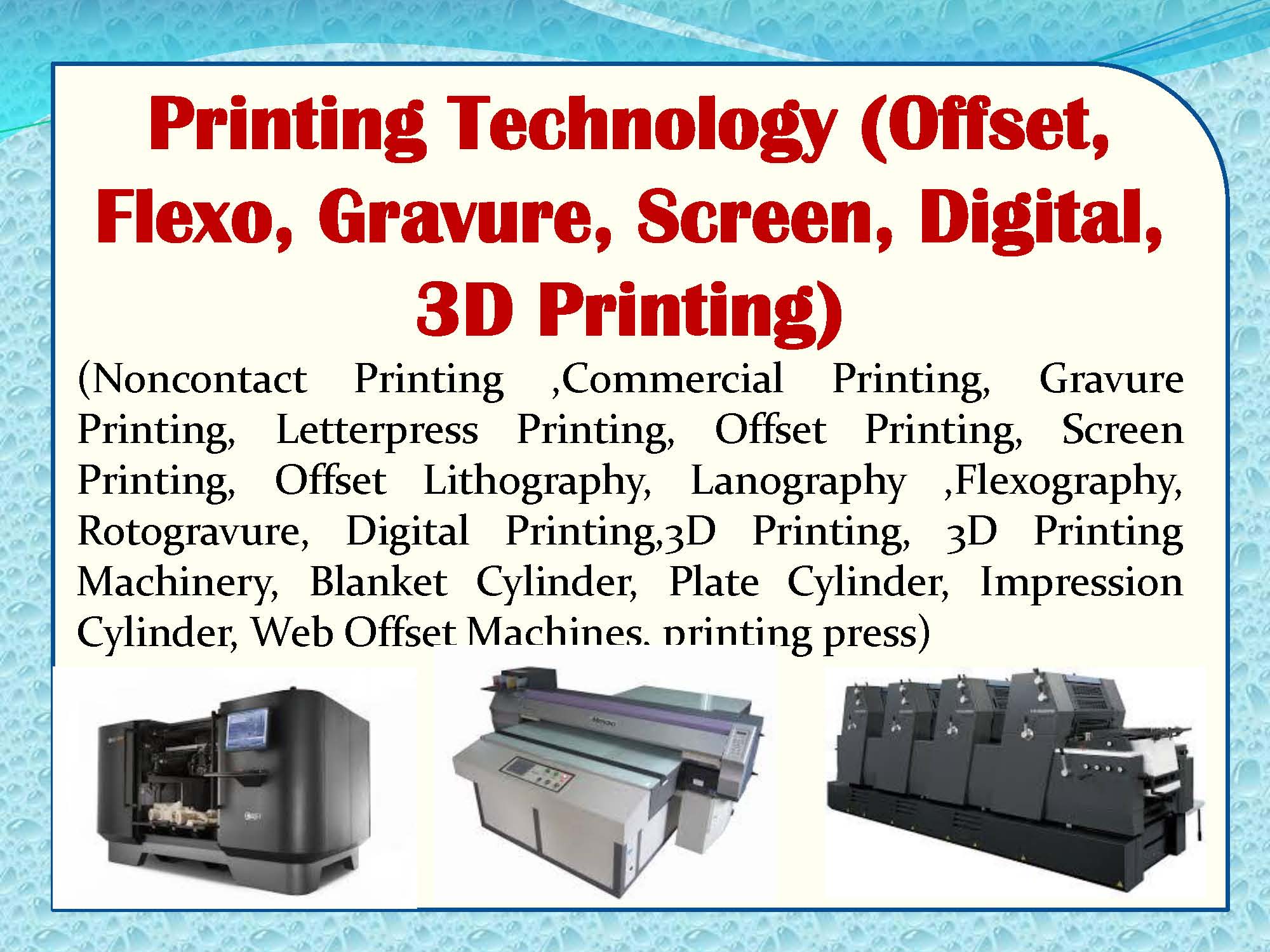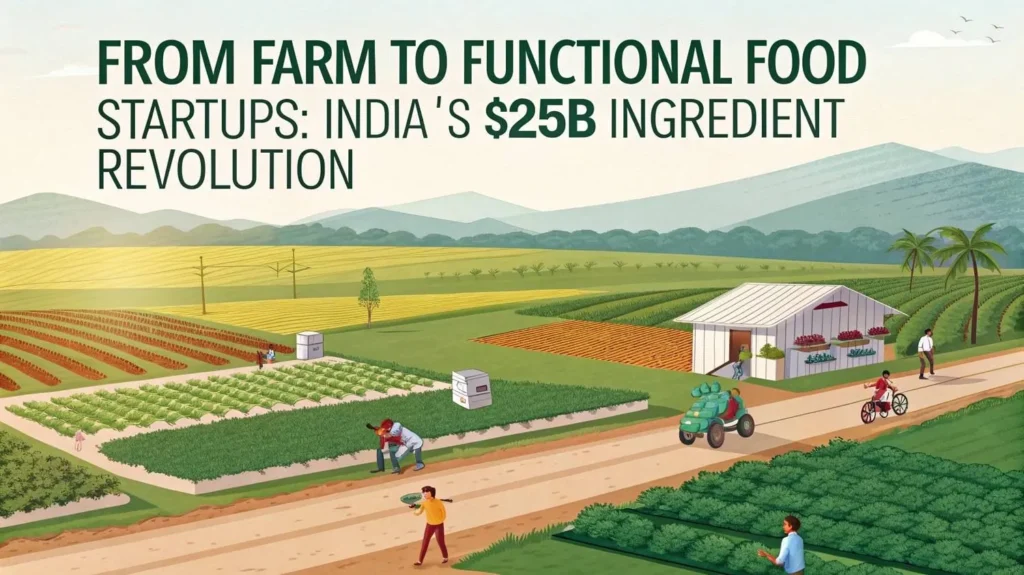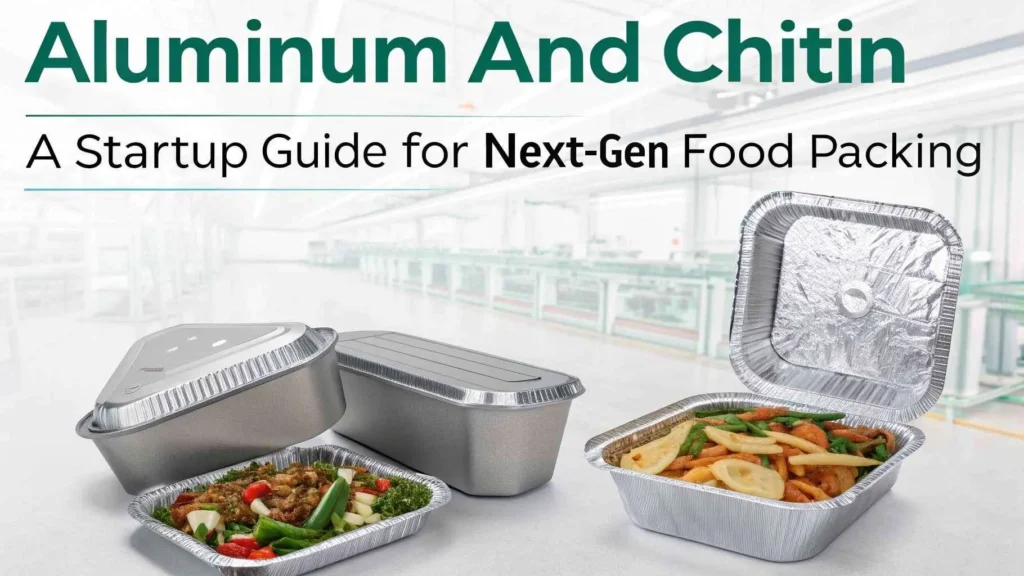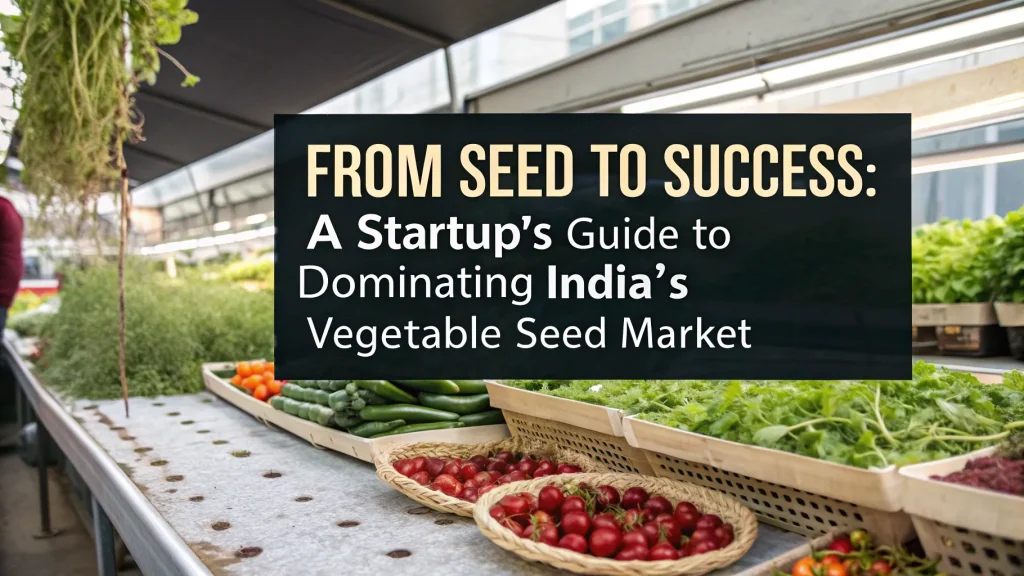
The world of printing technology enables mass communication, packaging, advertising, and custom design with remarkable precision and efficiency. From classic methods such as offset, flexo, gravure, screen, and letterpress to modern digital, 3D, and non?contact printing, each technique offers unique advantages—and specific trade-offs. Choosing the right method depends on factors like print volume, substrate type, image quality, turnaround time, and sustainability goals. In this article, we explore major commercial printing technologies and explain when and why each one excels in industrial and creative applications.
Exploring Core Commercial Printing Technologies
By understanding printing technology workflows and capabilities—such as offset, flexo, gravure, screen, digital, 3D and non?contact printing—you can match the ideal process to applications ranging from books and packaging to personalized labels and architectural graphics.
See Also – Meat Processing
Offset Printing (Lithography)
Offset printing, or lithography, uses a plate, rubber blanket, and impression cylinder to transfer ink to paper or board. It excels at high-volume commercial work like magazines, brochures, books, and stationery due to its sharp image quality and low cost per page. Prepress preparation—including CMYK conversion and computer?to?plate workflows—ensures accuracy and consistency. Setup time and plate cost make it best suited for runs above a few thousand sheets. Improvements such as waterless offset and digital plate-making now reduce waste and enhance quality.
Flexography (Flexo)
Flexography uses flexible relief plates made from photopolymer or rubber to print on various substrates—plastic films, corrugated boards, labels, and cartons. It works with water?based, solvent, or UV inks and supports continuous, high-speed runs. Flexo’s sustainability benefits include reusable elastomer sleeves, reduced VOCs, and energy-efficient LED curing. As a result, it has become the preferred choice for packaging and labels.
Gravure (Rotogravure) Printing
Gravure printing employs engraved copper or steel cylinders (intaglio) filled with ink in microscopic cells. The excess gets wiped before transferring to the substrate. This method delivers rich tones and stable color over very long print runs like magazines, mail-order catalogs, and flexible packaging. Although gravure’s setup cost is high, its consistency and speed suit massive jobs exceeding one million copies.
Screen Printing
Screen printing pushes ink through a mesh stencil onto substrates like textiles, glass, ceramics, metal, or wood. It excels on uneven or curved surfaces and allows thick ink deposit—ideal for signage, decals, promotional items, and printed electronics. Automating via flatbed or rotary presses speeds up production. However, its labor?intensive setup and ink waste reduce sustainability for large runs.AfterPrint Ltd
Digital Printing (Inkjet & Laser)
Digital printing eliminates plates—an image from a digital file prints directly onto substrate via inkjet or laser (xerography). It thrives in short runs, customized or variable data applications such as personalized labels, photo books, signage, and small marketing campaigns. Digital delivers fast turnarounds and minimal setup cost but often faces limitations in resolution and per?unit cost for high-volume runs.
3D Printing and Non?Contact Methods
3D printing, also known as additive manufacturing, builds objects layer by layer using filaments, resins, or metal powders. This technology supports prototyping, architectural models, customized parts, and industrial components where traditional methods fall short. In non?contact printing like LED?UV inkjet, no substrates touch print heads, enabling printing on tiles, glass, foam, and more with minimal wear. Such techniques suit specialty applications like signage, promotional surfaces, and even printed electronics.
Letterpress and Other Traditional Techniques
Letterpress uses raised type or image blocks pressed onto the substrate (a relief method). While largely obsolete in high-volume industries, it has seen a revival in artisanal printing—especially for wedding invitations and limited-edition prints. Other traditional methods, such as pad printing (for three-dimensional surfaces) or thermal printing (labels and receipts), still serve niche markets.
Choosing the Right Technology: Comparison Guide
| Printing Technology | Best For | Pros | Cons |
|---|---|---|---|
| Offset | High-volume print runs | Excellent quality, low per-unit cost | High setup cost and turnaround time |
| Gravure | Ultra-high volume packaging & catalogs | Sharp color, long cylinder lifespan | Very costly plates, not ideal for short runs |
| Flexo | Labels, packaging, flexible materials | Fast, eco?friendly inks, low material waste | Lower resolution than offset |
| Screen | Textiles, signage, 3D surfaces | Versatile surfaces, vibrant colors | Slow setup, much ink waste |
| Digital | Short runs, personalized prints | No setup cost, fast changeovers | Higher per-unit cost, lower quality on long runs |
| 3D / Non-contact | Prototypes, industrial parts, signage | No tooling, custom shapes | Limited material types, slower for mass production |
When deciding which printing technology fits your business:
-
Define print volume: choose offset/gravure for high volume; digital for short, customized runs.
-
Identify substrates: label films and flexible packaging suit flexo; textiles and electronics benefit from screen or non-contact printing.
-
Assess quality needs: offset and gravure lead in crisp detail and color fidelity.
-
Plan turnaround: digital offers faster setup; offset and flexo take longer to configure.
-
Factor sustainability: flexo and LED-based digital systems minimize environmental footprint.
See Also – Jatropha & Herbal Farming
Conclusion
In summary, printing technology encompasses a rich spectrum—from time-tested methods like offset, flexo, gravure, letterpress, and screen to modern digital, 3D, and non?contact techniques. Each method suits different production needs: gravure and offset for massive print volumes; flexo for flexible packaging; screen for unique surfaces; digital for short runs and customization; and 3D/non?contact for creative and niche applications. As digital capabilities improve and environmental concerns rise, hybrid systems—combining digital flexibility with flexo or offset efficiency—are shaping the future. By selecting wisely based on volume, substrate, detail, speed, and sustainability, businesses can harness the right printing technology for profitability and innovation.




